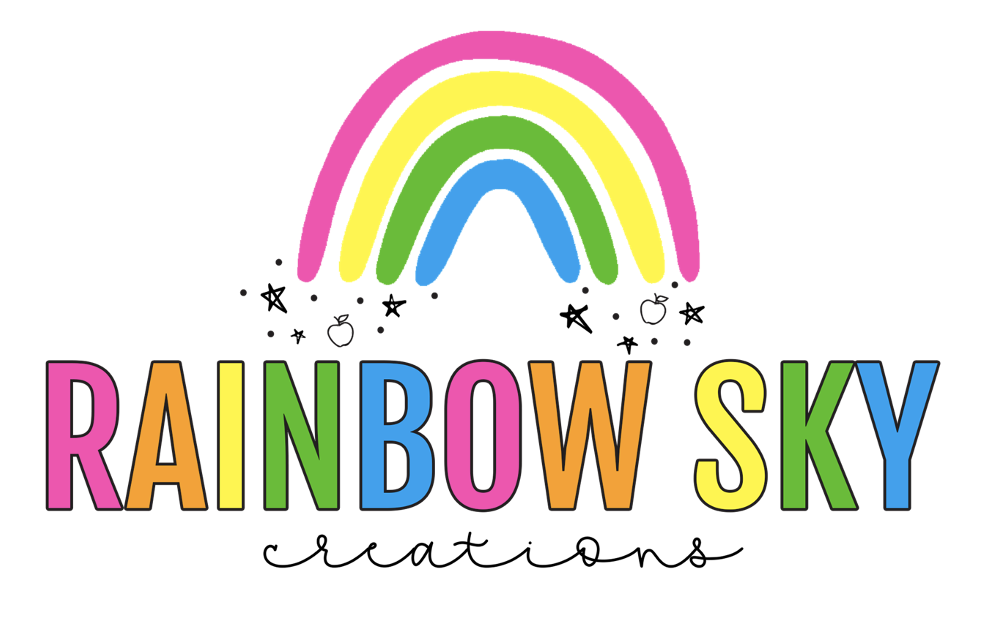Written by Reading Expert Jann Longhurst from @readingrockstars
As primary teachers, we know one of our main jobs is to teach our students to read or become more competent readers. But trying to get the best out of your students when they are learning to read, especially if they are struggling, can sometimes seem a daunting task!
When it comes to reading, often we feel our students aren’t learning what it is we want them to learn, and we find ourselves being repetitive with little impact. This can be frustrating!
What we really want is to see a shift in the child’s reading, so how can we do this?
Here are 5 steps I use daily to develop struggling readers into independent readers. (However, these strategies will work for all students matter what level they are on):
1. Focus on Fast processing and automaticity
Familiar reading is an integral part of building fast processing and automaticity. We don’t want a child working on every word when they are reading. They need to read with confidence. We don’t want their reading to be a struggle.
Fast processing and automaticity comes with knowing the student and what is within their control. Sometimes they struggle on a word that you feel they might know, remember as texts become more difficult so do the structures. Sometimes the structure is hard for the student to access; they might struggle with what you thought they knew (this is called partially known).
Some strategies for developing automaticity:
- Introduce the book structures before they start to read
- Take the “bugs” out before a new text (addressing context, structure or unknown vocabulary)
- Ask the child to listen to their reading. Use the prompt, “we want reading to sound like talking”
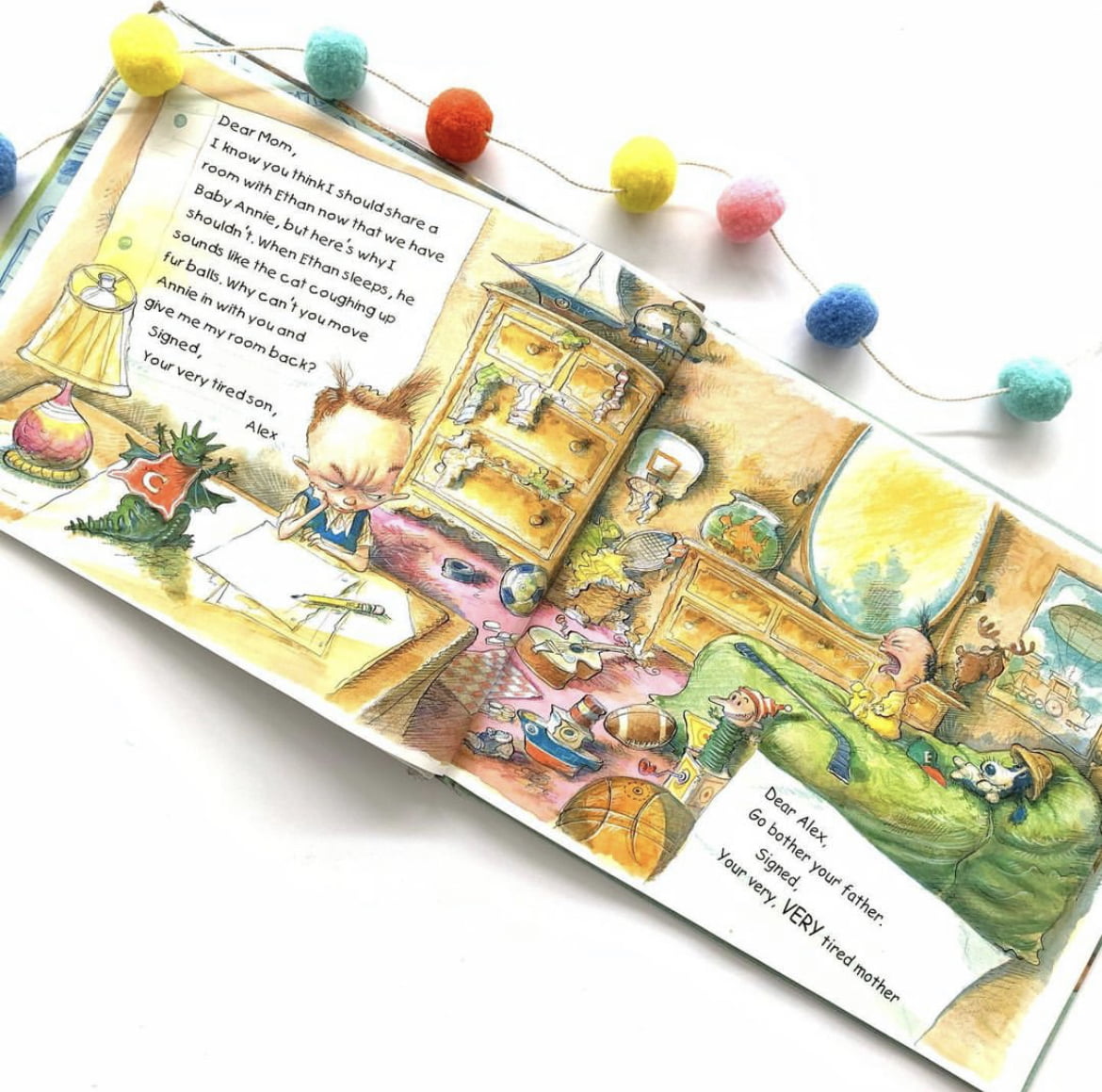
2. The use of helpful prompts to enable the reader to take action
Clear prompts can assist the student to act, my two favourite prompts are …
“Make that look right and sound right”
Here you are prompting the student to return to the beginning of a sentence and really listen and look at what they are reading. It isn’t necessarily about getting it right but noticing. Good readers notice and use lots of strategies, our more reluctant readers need to be prompted for this.
“Try that again”
This is prompting them to know their job, which is to go back and check their reading. Both prompts have little teacher talk. Minimising teacher talk is important as it can often get in the way.
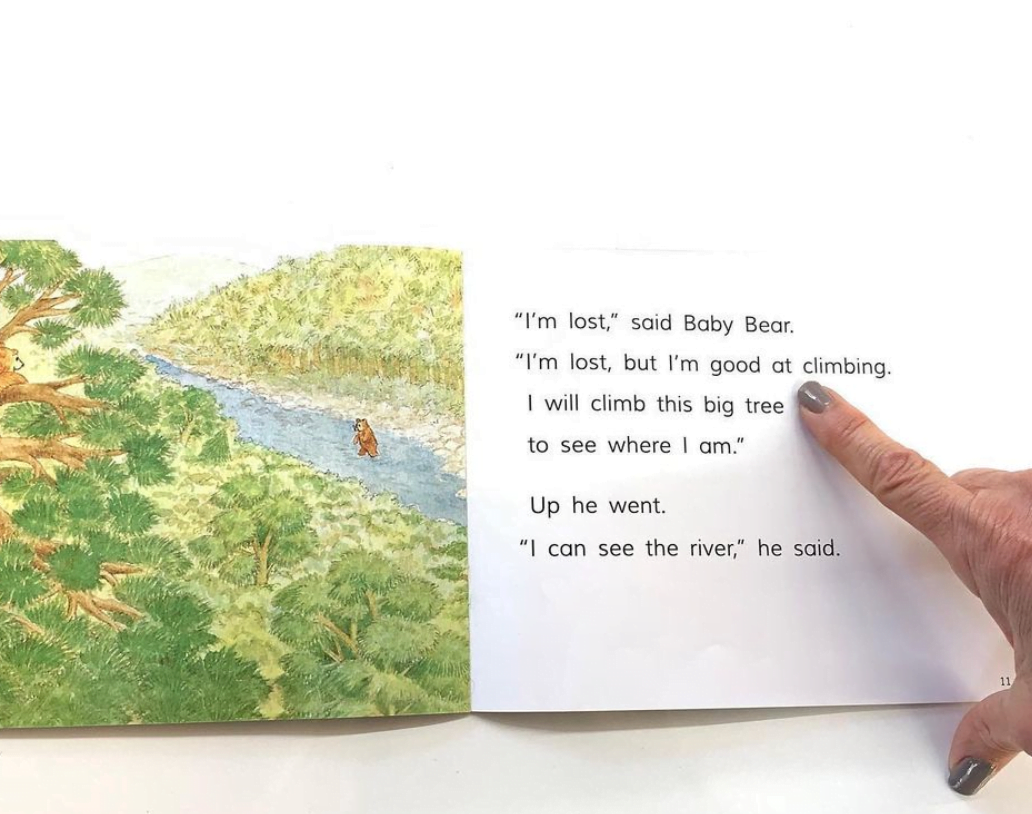
3. Are you listening to yourself?
Listening is so important and isn’t just about sounding good. The slow reader usually isn’t listening or they have not been specifically told that reading isn’t word-by-word but sounds more like talking.
The conventions of print are essential to focus on; they are there for the reader to express themselves in the way the author intended. Focus on speech marks, exclamation marks, bold print and of course pausing at commas and full stops.
Choose books that will enforce what it is you want to hear from them.
Including listening activities in your literacy rotations can also help with students hearing what ‘good reading’ sounds like.
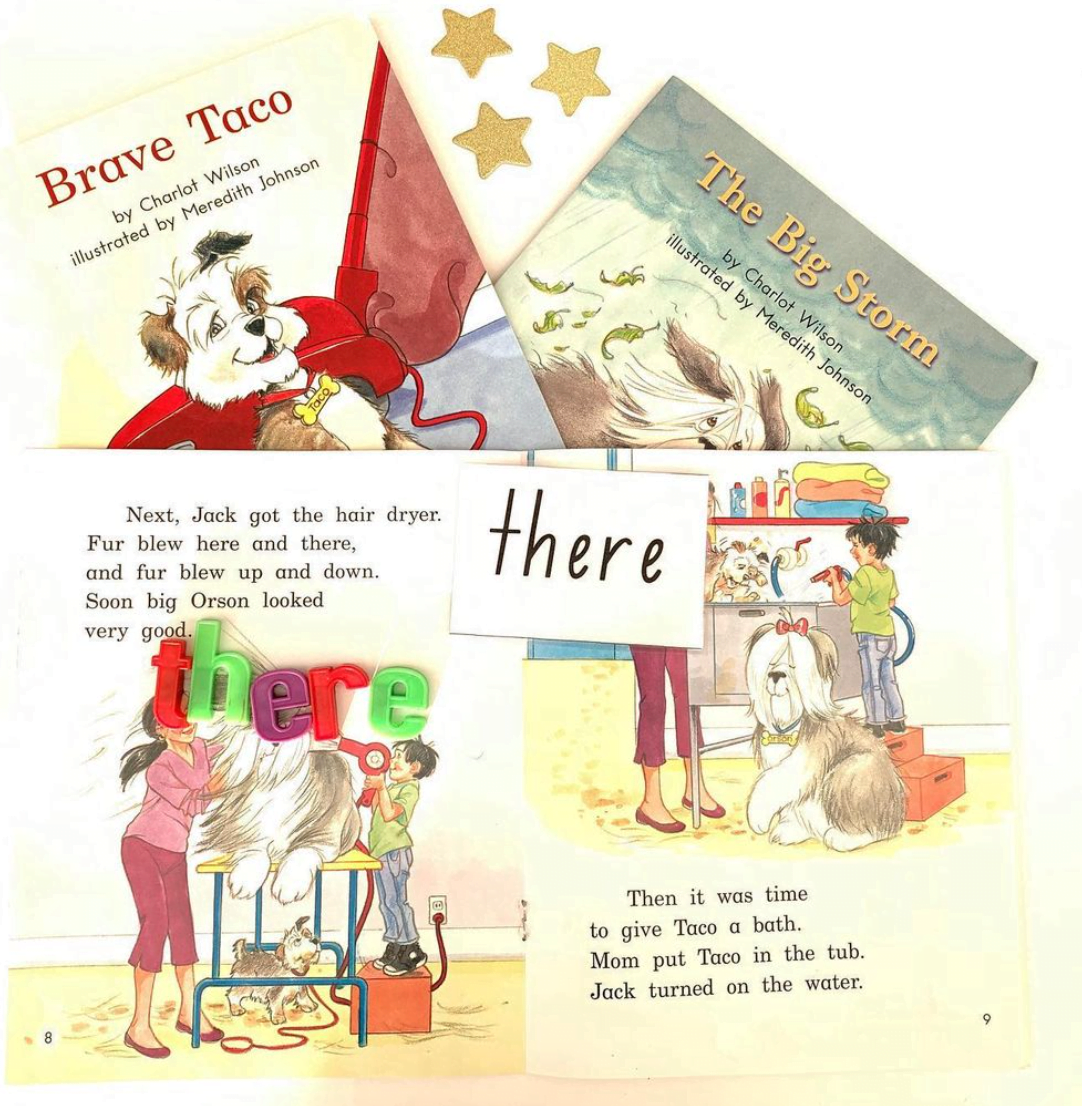
4. Strategic activity creates independent readers
We want our students to take action to be active readers. We want our students to monitor their reading by:
- Stopping
- Noticing
- Re-reading
- Running their finger under the word from left to right or
- Breaking the word into parts in order for them to get to the unknown.
This is their job. Success, of course, is the integration of all these monitoring strategies. You might want to have this checklist above beside you when reading with your struggling readers to help remember to suggest and scaffold these different strategies.
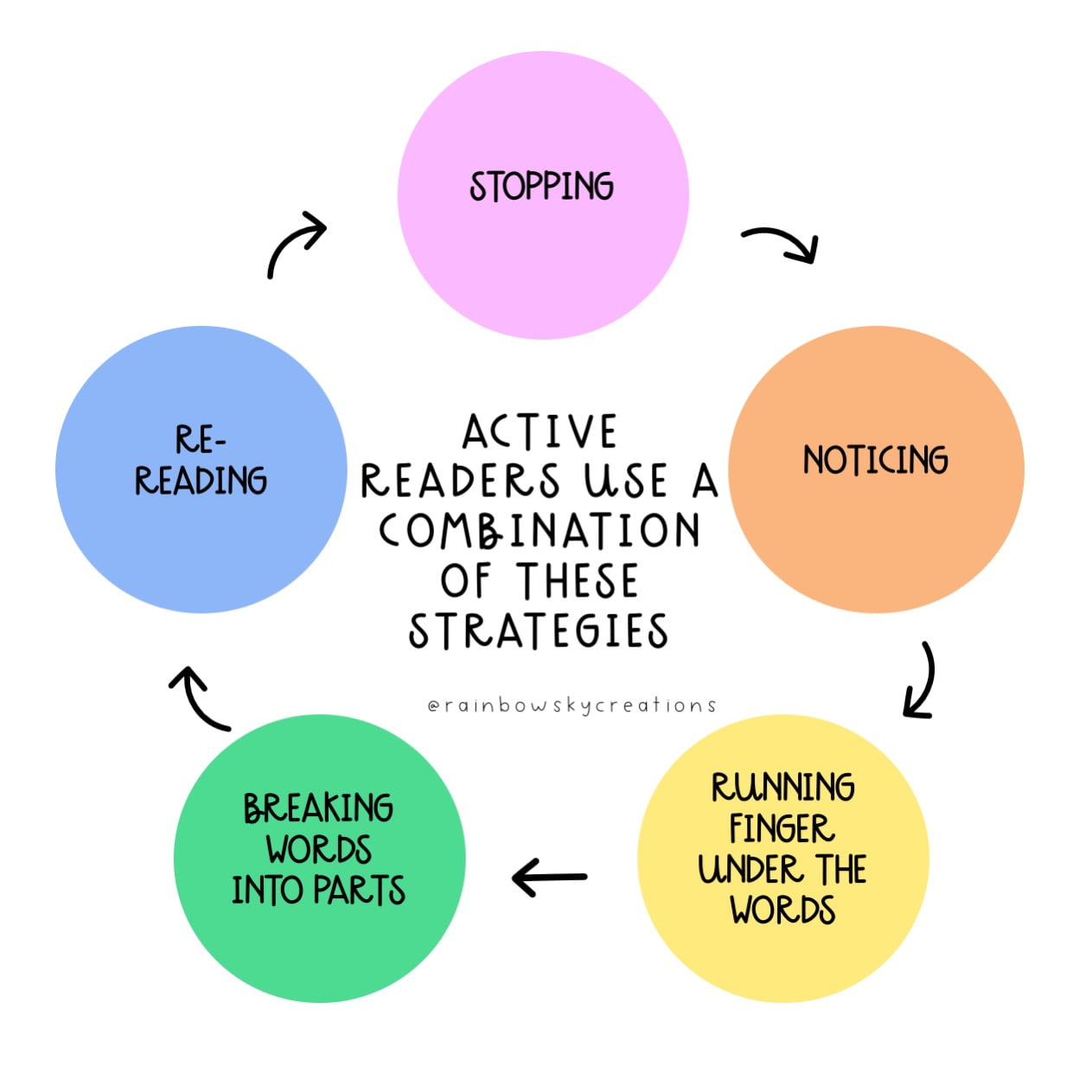
5. Reciprocity is insisting that what they can read they can write
If your student can read a word the theory is they should be able to write it. We still need to provide opportunities for students to write. Some quick examples you could use in a reading group include writing on a:
- Mini whiteboard
- Having a practice writing page
- Using magnetic letters or letter cards
- Novelty writing (such as on sticky-notes, rainbow writing, using an iPad etc)
- Write with different tools eg a favourite colour, glitter pen or texta
Just as when you are prompting reading, do the same when writing. Say,
“Does that look right and sound right?”

At the end of the day, teaching reading is tricky but a privilege. If you take nothing else away from this post, take this:
Be insistent, consistent, and persistent on what it is you are focussing on and it will pay off… guaranteed!!!
This blog post was written by reading expert and reading recovery teacher, Jann Longhurst. For more advice to develop strong readers in the classroom or at home, check her out on instagram @readingrockstars

Before you leave us…
What if you could have your reading groups running smoothly and effortlessly?
Imagine…
- Running a reading group program that is uncomplicated, easy to implement, and stress-free.
- Having all your students settling quickly and calmly into reading group routines.
- Reading groups becoming a favourite part of the day for you and your students.
- Incorporating simple systems where students learn independently, allowing you to focus on the readers in your guided group.
- Other teachers walking into your classroom during reading groups wanting to know what’s your secret.
Introducing…
TRANSFORM YOUR READING GROUPS
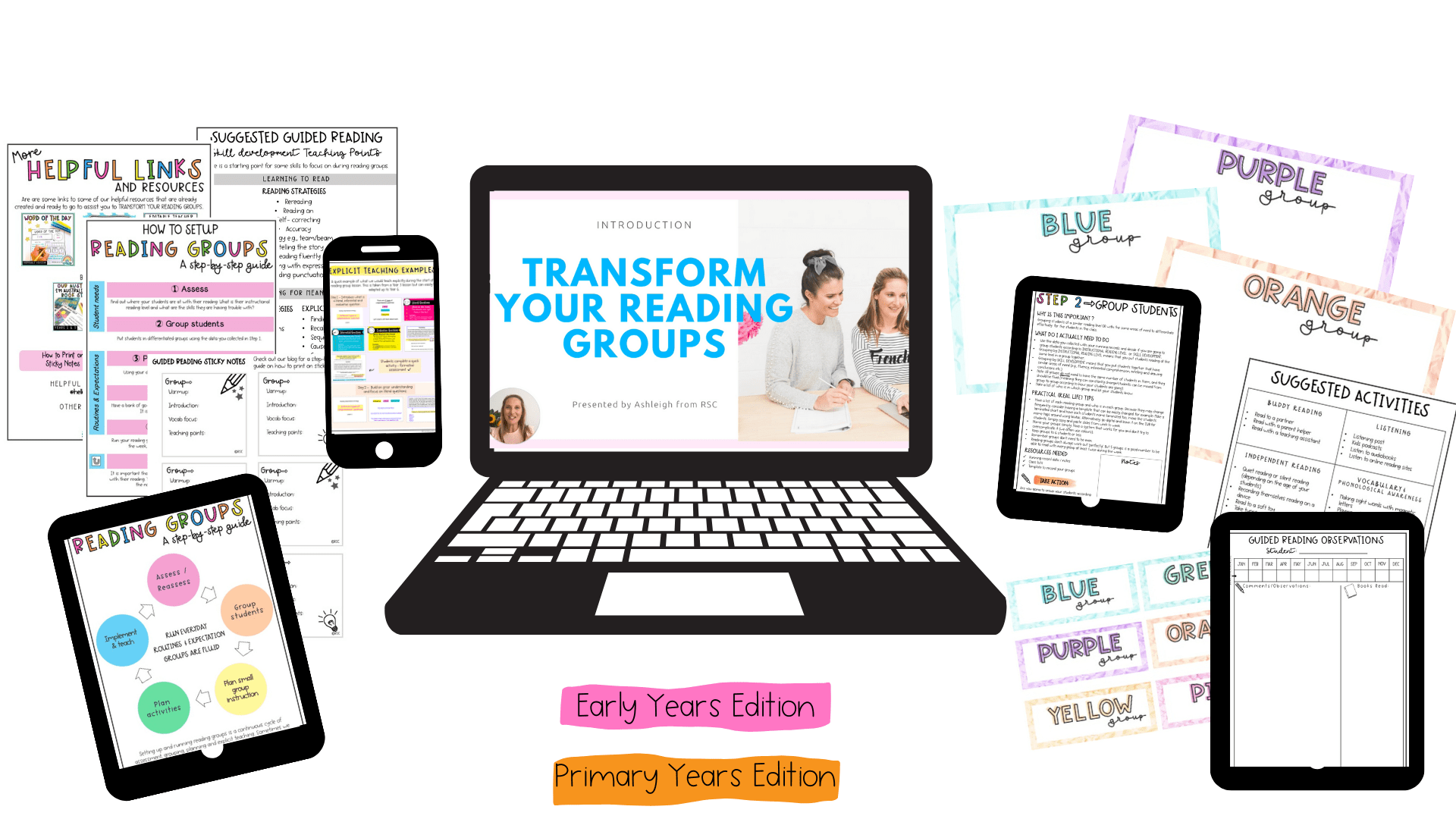
Transform your Reading Groups is our 5-step process for setting up and running reading groups – the uncomplicated way!
What is included:
• Our no-fail step-by-step cycle to transform your reading groups
• Step-by-step instructions
• Suggested activities for reading rotations activities
• Suggested guided reading skill development teaching points
• Guided reading notes and observations template
• Guided reading planning sticky notes and group posters
So, what are you waiting for? Come join us and transform your READING GROUPS!

What to read next?
Reading Groups Activity inspiration

